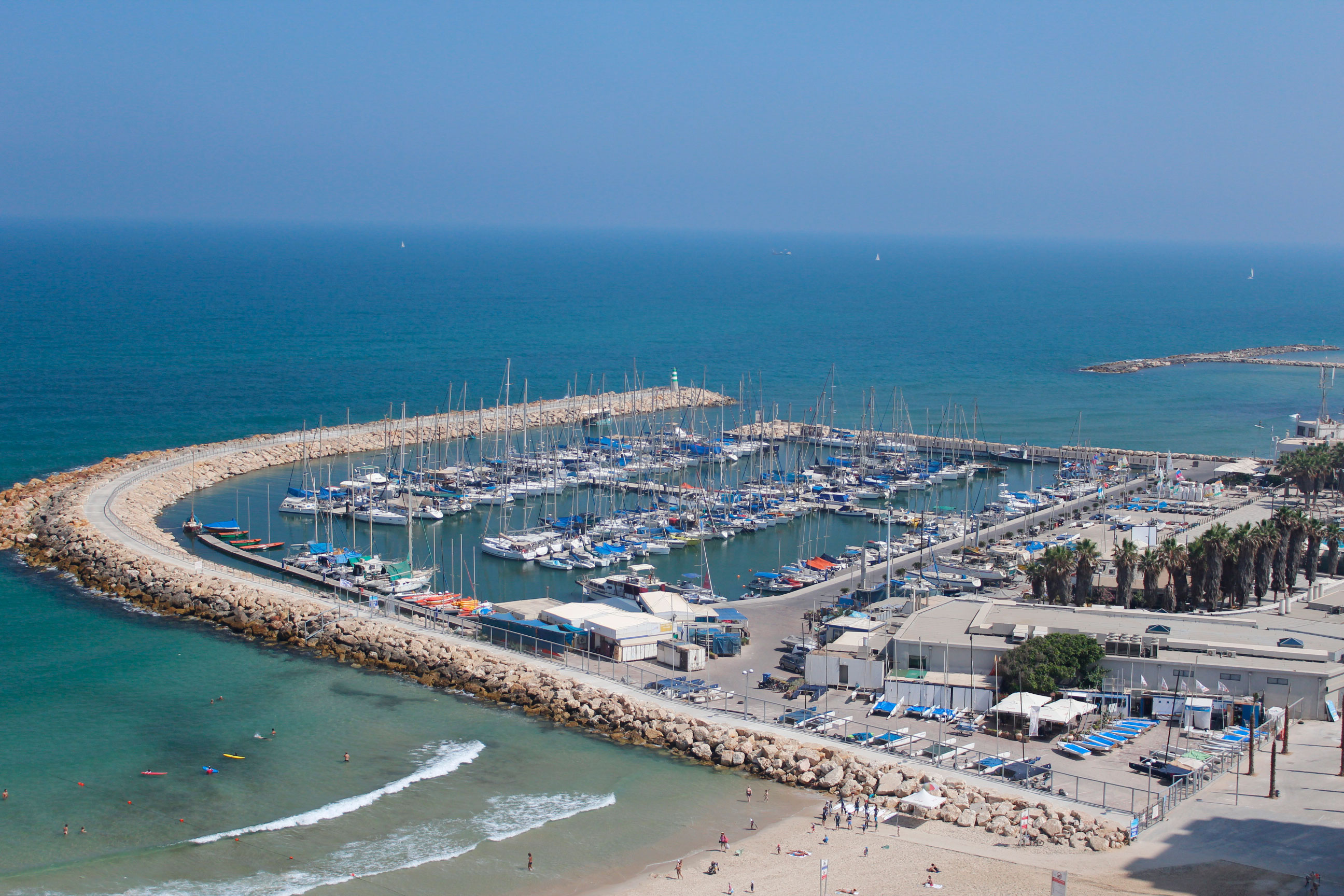As I sit here in a Tel Aviv hotel overlooking the city’s marina, I’m pondering the future — well, at least the next month. I’m going to Akko tomorrow to join the Penn State field school taking place there. The project, co-led by Ann Killebrew, associate professor, Classics and Ancient Mediterranean Studies, Jewish Studies and Anthropology in conjunction with the University of Haifa, is called Total Archaeology@Tel Akko and includes a field school, underwater archaeology, survey, community outreach and excavation. It also includes a component aimed at documenting past excavations.

Why? Well, a dirty little secret of archaeology, especially in the past, is that many, many archaeologist never really published their findings. The situation has gotten better, especially in the U.S. where state historic preservation offices often require field reports of surveys and excavations or at least strongly request them, and where funding agencies also require reports. But beside these field reports, there are often few places to publish the findings. Compared to other fields, there are few peer-reviewed journals and the alternative is a book, which takes many hours and dedicated effort. Researchers are often already off on the next project.
It is estimated that for every day in the field, another 5 to 7 days are needed to process artifacts, create maps, interpret the site and write reports, papers, etc. Digging just for the sake of digging wastes precious resources and deprives future generations of knowledge.
This is not the first time I’ve dug in Israel. I did my field school at Tel Sheva, the biblical location of Be’er Sheva. There was supposed to be a book about the first seven years of that excavation. I even prepaid for the volume. Unfortunately, the researcher involved died and no book appeared. I suppose somewhere, someone owes me $20. That was a lot in the early ’70s.
I worked at a site called Halutzah in the Negev in 1980. Nabatean and Byzantine. Very cool. It’s now a UNESCO World Heritage Site, but I’ve never seen anything published on the excavations there.
Which brings me to Tel Akko. The site was first excavated from 1973 to 1989 by Moshe Dothan and a team from the University of Haifa, in cooperation with Diethelm Conrad from the University of Marburg. Part of the Total Archaeology project in 2010 and 2011 was to document and re-investigate Dothan’s excavation in three areas with the idea of publishing that work. From my point of view, actually documenting past work and making it available to all researchers is incredibly important. Too much of archaeology is so called grey literature — papers presented at conferences but never published and only available from someone who managed to get a copy or the original author, if they will supply it. And then, the papers often say, “Please do not reference this work.”
Researchers say that because they have every intention of publishing, but often that just does not happen and the only record is a paper that exists in the grey shadows, presented, written, meagerly distributed but not officially published.
I admire anyone who tries to publish old data or figure out if old data can be reused. They are doing important work. Once archaeological sites are excavated they really can’t be re-excavated. Artifacts are gone and more importantly, the stratigraphy — the pattern in which the layers of dirt formed — is forever destroyed. But reading someone else’s field notes cannot be easy either. Much as I try, I can’t always read mine. So reconstructing unpublished past excavations is a daunting task.
We’ll see where this goes.
